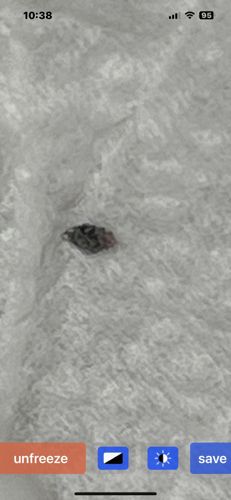Carpet Beetle
Scientific Name: Several species, including Dermestes maculatus (Hide Beetle), Anthrenus verbasci (Varied Carpet Beetle), Trogoderma granarium (Khapra Beetle)
Order & Family: Coleoptera, Dermestidae
Size: Adults typically range from 2-5 mm in length. Larvae can be up to 5-6 mm long.

Natural Habitat
Indoors, larvae are found in carpets, rugs, upholstered furniture, clothing, and stored food products. Outdoors, they reside in bird nests, animal carcasses, and dried plant matter. They prefer dark, undisturbed areas.
Diet & Feeding
Larvae feed on a variety of animal-derived products, including wool, silk, fur, feathers, leather, dried meat, and pet food. Adults primarily feed on pollen and nectar.
Behavior Patterns
Carpet beetle larvae typically avoid light and prefer dark, undisturbed areas. They are known for their slow movement and often curl up when disturbed. Adults are attracted to light and are good flyers.
Risks & Benefits
Potential Risks: Carpet beetles can cause significant damage to natural fibers and stored food products, leading to economic losses. Their larvae can also cause allergic reactions (dermatitis) in sensitive individuals. Potential Benefits: In natural environments, they play a role in decomposition, breaking down animal remains and other organic matter.
Identified on: 8/26/2025